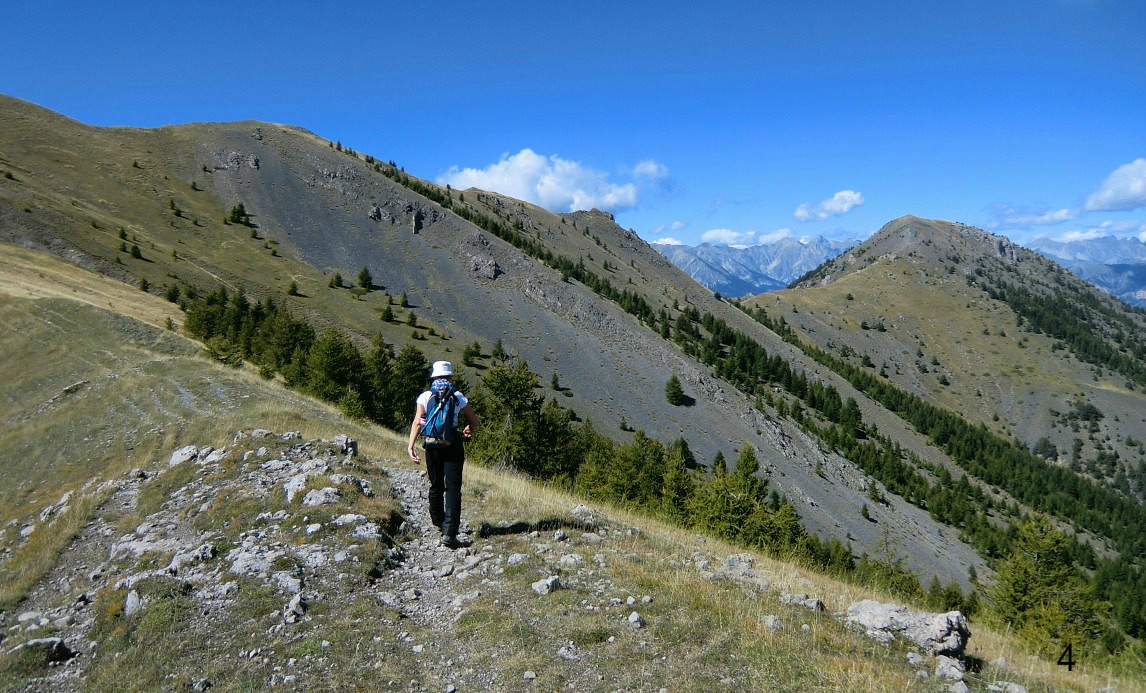Another Riviera winter hike: Pointe Siricocca from Sainte-Agnès
Another Riviera winter hike: Pointe Siricocca from Sainte-Agnès
The hilltop village of Sainte-Agnès is situated high above Menton only about 4 km from the coast as the crow flies. At 700 m/2300ft, Sainte-Agnès claims to be the highest coastal village in Europe. The Saracens built their fortress here, and much later, in 1932 another fortress was built into the mountain, this time as part of the...



















